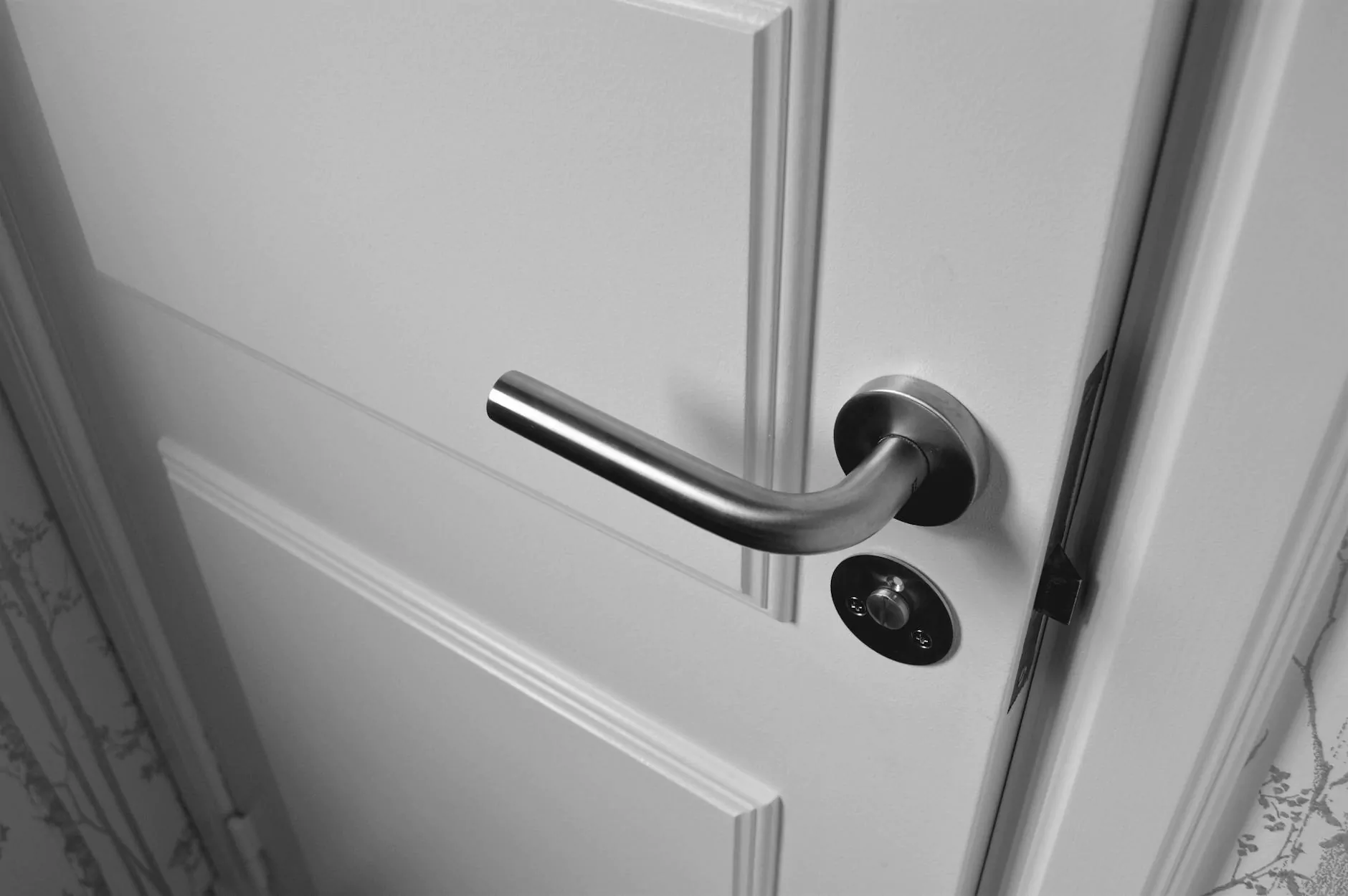Understanding High Arch Pain: Causes, Treatment, and Prevention

High arch pain, also known as pes cavus, is a foot condition characterized by an unusually high arch. This *structural abnormality* can lead to various complications, discomfort, and pain, affecting one's overall quality of life. This comprehensive guide aims to inform you about high arch pain, its causes, symptoms, and effective management strategies to help you maintain optimal foot health.
What is High Arch Pain?
High arch pain arises when the arches of the feet protrude higher than normal, placing undue stress on the foot structures. This condition can lead to various complications, including issues with posture, walking, and balance. Understanding the intricacies of high arch pain is crucial for effective treatment and prevention.
Common Symptoms of High Arch Pain
Individuals suffering from high arch pain may experience a range of symptoms, including:
- Arch Pain: Intense pain in the arch area of the foot.
- Heel Pain: Discomfort in the heel region, often exacerbated by standing or walking.
- Ball of Foot Pain: Pain or discomfort in the metatarsal area, leading to pain during activities.
- Foot Cramps: Frequent cramps or spasms in the foot muscles.
- Instability: Difficulty maintaining balance, particularly during activities that involve a lot of movement.
- General Discomfort: Ongoing discomfort that may worsen with physical activity.
The Causes of High Arch Pain
Understanding the underlying causes of high arch pain is vital for effective management. Several factors can contribute to this condition, including:
1. Genetic Factors
Some individuals are genetically predisposed to develop high arches. A family history of foot deformities can indicate a higher risk for high arch pain.
2. Neurological Conditions
Conditions such as Cerebral Palsy or other neuromuscular disorders can lead to muscle imbalances and structural deformities, contributing to high arch pain.
3. Foot Injuries
A history of foot injuries, such as fractures or sprains, can alter the structural alignment of the foot, leading to high arches and consequent pain.
4. Improper Footwear
Wearing shoes that do not provide adequate support or do not fit properly can exacerbate high arch pain. Shoes with insufficient cushioning or arch support can increase stress on the feet.
5. Overuse Injuries
Engaging in excessive physical activity without proper foot care or rest can lead to overuse injuries, resulting in heightened discomfort associated with high arches.
Diagnosis of High Arch Pain
Diagnosing high arch pain typically involves a thorough examination by a qualified podiatrist. Here are the steps often taken:
1. Medical History
The healthcare provider will review your medical history, including any previous foot injuries or underlying conditions.
2. Physical Examination
A physical exam is conducted to assess the arch height, foot alignment, and general foot function.
3. Diagnostic Imaging
In some cases, diagnostic imaging such as X-rays or MRIs may be necessary to identify structural abnormalities and rule out other conditions.
Treatment Options for High Arch Pain
Effective management of high arch pain focuses on alleviating symptoms and addressing the underlying causes. Several treatment options may be recommended:
1. Orthotic Devices
Custom orthotics can provide the necessary support to alleviate pressure on the arches and distribute weight evenly across the feet.
2. Physical Therapy
Engaging in physical therapy can help strengthen foot muscles and improve flexibility, thereby relieving pain associated with high arches.
3. Footwear Modifications
Choosing appropriate footwear is crucial. Look for shoes with good arch support, cushioning, and a wide toe box to accommodate foot structure.
4. Pain Management Techniques
Over-the-counter pain relievers, ice applications, and rest can provide temporary relief from acute symptoms.
5. Surgical Options
In severe cases where conservative treatments fail, surgical intervention might be considered to correct structural deformities.
Preventing High Arch Pain
While some causes of high arch pain cannot be controlled, certain preventive measures can help minimize the risk:
1. Proper Footwear
Select shoes designed specifically for high arches. Seek professional fitting to ensure proper size and support.
2. Regular Foot Exercise
Incorporating foot and leg exercises into your routine can enhance strength and flexibility, preventing the onset of symptoms.
3. Maintain a Healthy Weight
Maintaining a healthy body weight reduces excess pressure on the feet, alleviating potential discomfort.
4. Gradual Increase in Physical Activities
If you are starting a new exercise regimen, increase intensity gradually to prevent overuse injuries.
When to Seek Professional Help
If you experience persistent pain or discomfort related to foot structure, it is essential to consult a podiatrist. Early intervention can prevent further complications and improve overall foot health.
Conclusion: Embrace Healthy Feet
Understanding high arch pain is the first step toward effective management and prevention. By identifying the causes, symptoms, and available treatments, individuals can take charge of their foot health. Remember, proper footwear, orthotic support, and professional guidance from experts like those at The Foot Practice can significantly enhance your quality of life. Don't let high arch pain dictate your life; proactive measures and treatment can lead to healthier, pain-free living.
For more information and professional help with high arch pain or any other foot health issues, visit The Foot Practice.









